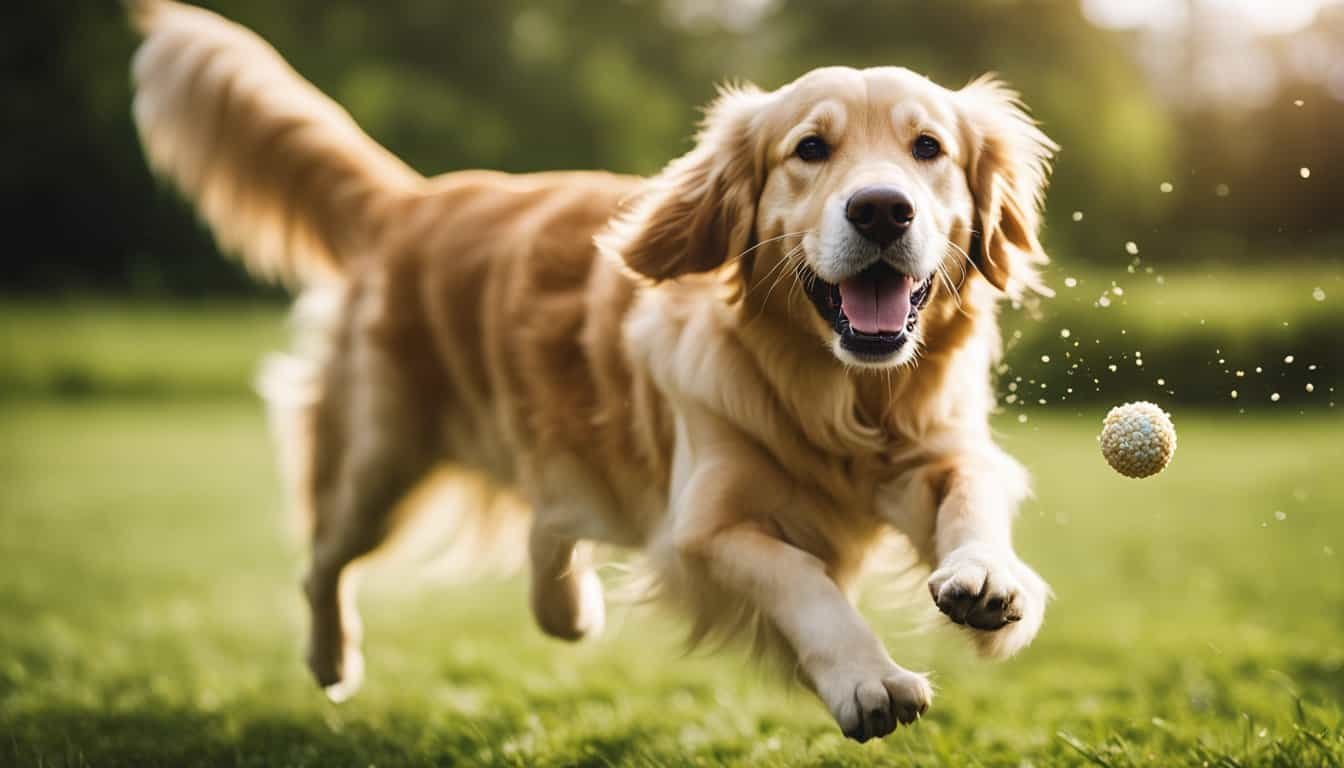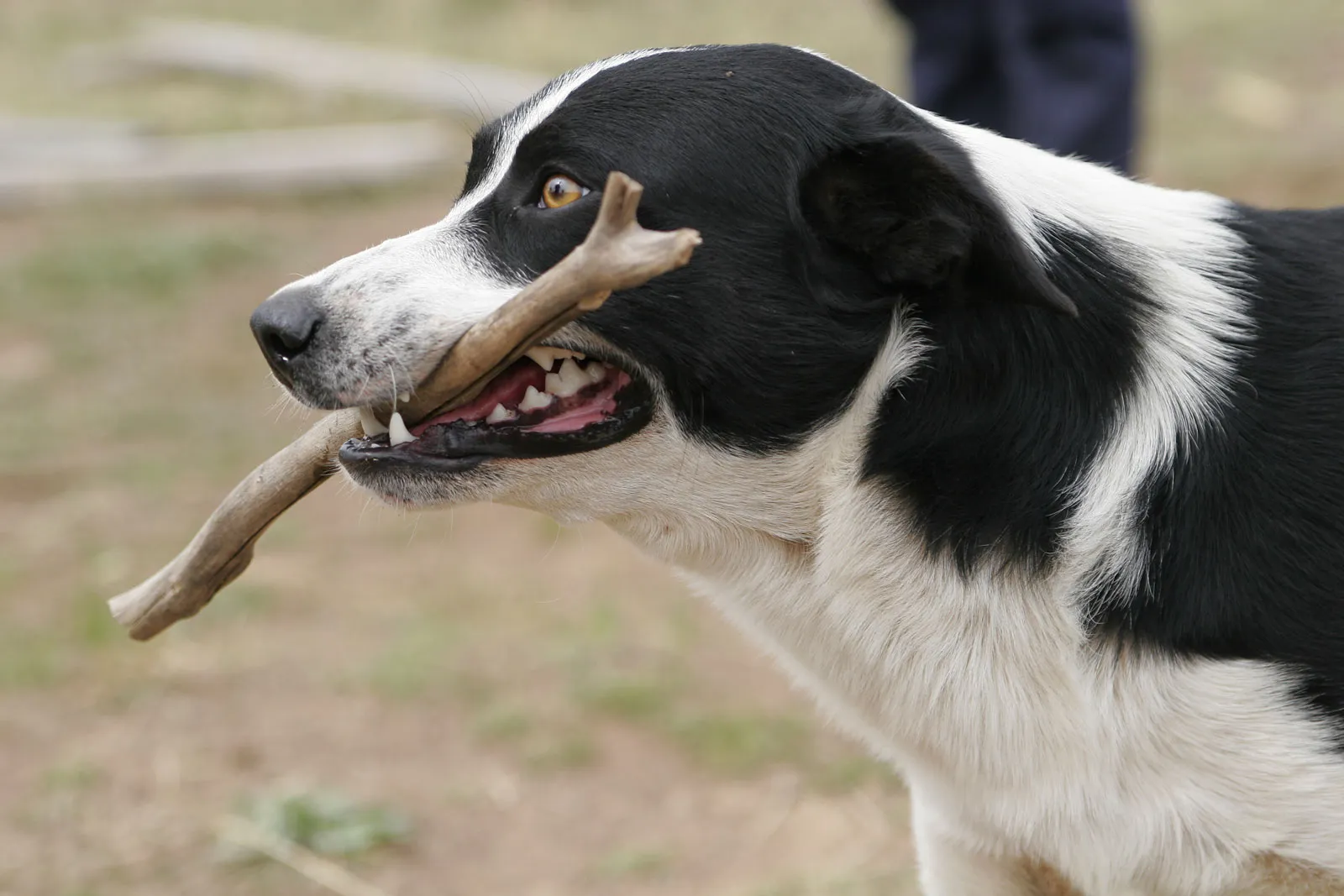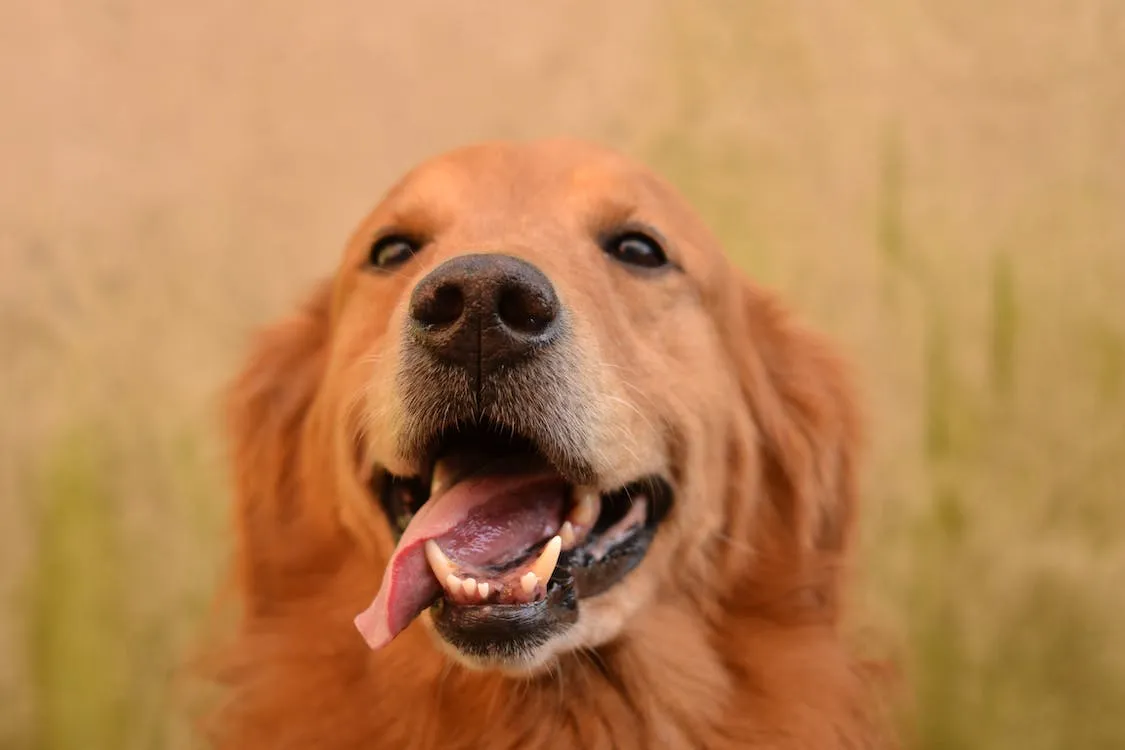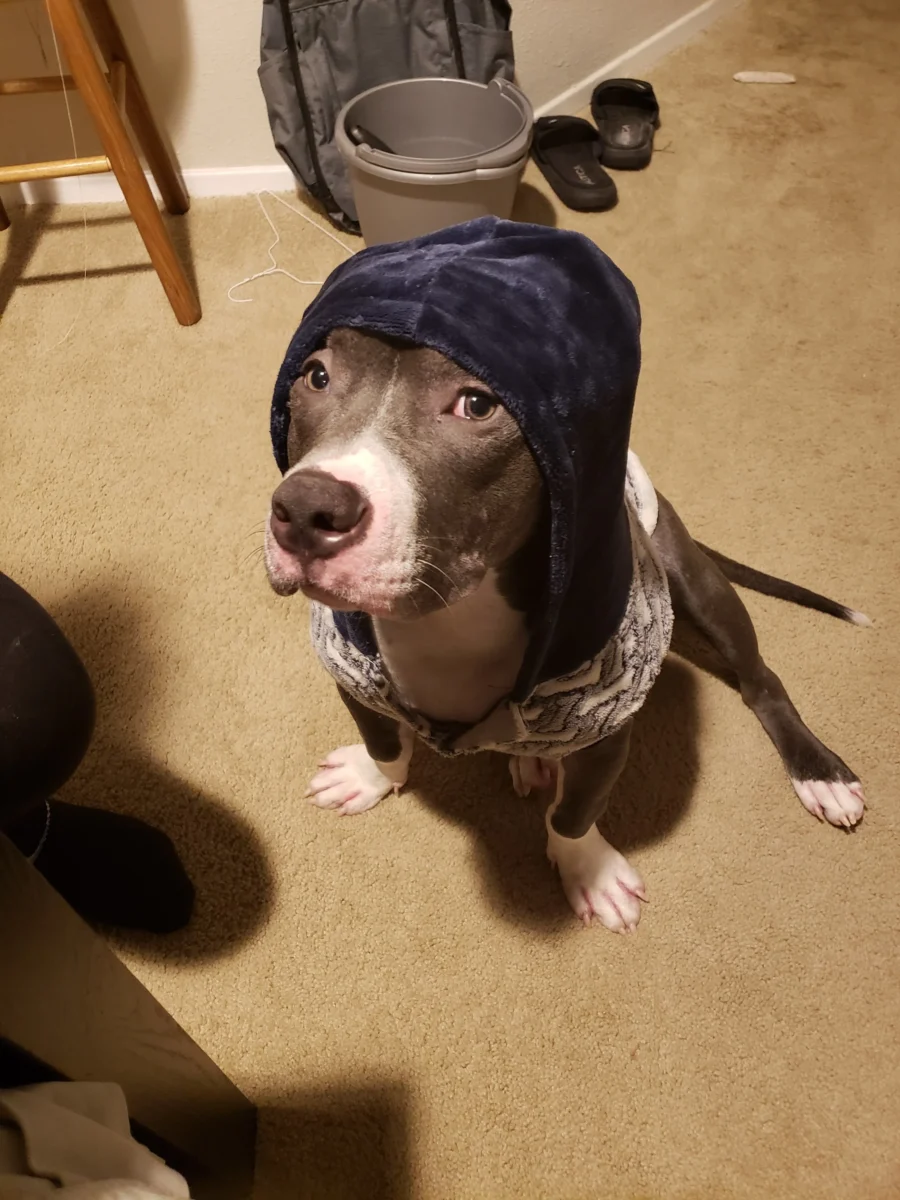Expert Guide to Crate Training Your Golden Retriever with Separation Anxiety
Welcoming a new dog into your home is an exciting and fulfilling experience. However, for owners of dogs with separation anxiety, leaving their furry friend alone can be a challenging and stressful task. One effective way to help your dog manage their anxiety while you’re away is through crate training.
In this article, written by an expert who has worked with thousands of dogs through dog shelters and breeders, we will provide a step-by-step guide on how to crate train a dog with separation anxiety. From understanding separation anxiety in dogs to making the crate a comfortable space, we’ll cover everything you need to know to help your Golden Retriever adjust to being alone in their crate. So if you’re a new dog owner looking for ways to help your furry friend manage their anxiety, keep reading!
Understanding Separation Anxiety in Dogs.
Separation anxiety is a common issue in dogs, particularly in breeds like Golden Retrievers who are known for their loyalty and attachment to their owners. It can be distressing for both the dog and the owner, but with patience and understanding, it can be successfully managed.
Firstly, it’s important to recognize the signs of separation anxiety. These may include destructive behavior such as chewing or digging, excessive barking or howling when alone, pacing or restlessness before you leave or return home. You may also notice that your dog becomes overly excited when you return home after being away.
To address these behaviors through crate training requires a gradual approach that slowly helps your dog learn to feel comfortable being left alone without feeling anxious. Begin by leaving your dog in its crate for short periods while you remain closeby at first so they understand that they aren’t abandoned completely from an early age.
Next up is gradually increasing intervals of time spent apart from each other until they are on their own all day without any problems whatsoever! This process takes time but will result in much happier golden retrievers who don’t experience separation-related stress during periods of absence!
Remember: every individual animal has unique needs which must be taken into account before embarking on any training regimen – this includes breed-specific traits as well diabetes management plans if applicable – so consult with professionals such as certified trainers or veterinarians if necessary!
The importance of crate training for dogs with separation anxiety is undeniable.
Crate training is an essential tool for dog owners, especially those with furry friends who suffer from separation anxiety. It’s not uncommon for Golden Retrievers to experience this condition, which can cause them to become anxious and destructive when left alone.
As someone who has worked with thousands of dogs through shelters and breeders, I can attest that crate training is one of the most effective ways to mitigate separation anxiety in dogs. By providing a safe and comfortable space for your furry friend while you’re away, you’ll be able to help soothe their nerves and prevent any destructive behaviors.
It’s important to note that crate training should involve positive reinforcement techniques rather than punishment-based methods. The goal is not to force your dog into the crate but rather create an environment where they feel secure enough on their own.
Start by introducing your Golden Retriever slowly to the concept of a crate – let them sniff around it before gradually increasing time inside it over several days or weeks until they are comfortable spending extended periods in there unattended. Gradually increase length over time so that eventually being crated becomes part of their routine without causing undue stress or anxiety.
Remember: patience is key when working with any animal! With consistent practice and patience on both ends – owner & canine companion – successful implementation of this technique will lead towards happier pets overall!
Steps to crate-train a dog with separation anxiety.
Crate training can be a valuable tool in helping dogs with separation anxiety adjust to being alone. However, it is important to approach the process with patience and empathy for your furry friend.
First, start by making the crate a comfortable and safe space for your Golden Retriever. Use positive reinforcement techniques such as treats and toys to encourage them to enter the crate willingly. Once they are comfortable inside, gradually increase the amount of time they spend in there while you are present.

Next, begin leaving them alone in short increments of time while still at home. This will help ease their anxiety about being separated from you. Gradually increase these intervals until they can comfortably stay alone in their crate for longer periods of time without becoming anxious or destructive.
It is also important to establish a routine around leaving and returning home so that your dog knows what to expect. Provide plenty of exercise before crating so that they are tired and more likely to relax while inside.
Remember that every dog is unique and may require different strategies or approaches when it comes to overcoming separation anxiety through crate training. Consult with experienced trainers or veterinarians if needed, but most importantly show love, patience, consistency towards man’s best friend during this process!
Tips for making the crate a safe and comfortable space.
Crate training a dog with separation anxiety can be a daunting task, but with the right tips and techniques, it can become an enjoyable experience for both you and your furry friend. As someone who has worked with thousands of dogs through dog shelters and breeders, I have seen firsthand how crate training can benefit dogs in many ways.
Firstly, it is important to make sure that the crate is a safe and comfortable space for your Golden Retriever. This means choosing the right size crate – one that allows them to stand up fully, turn around comfortably but not too large where they may use one end as bathroom area.
Secondly provide soft bedding like blankets or towels inside so they are more comfortable.
Thirdly give them ample time to adjust by letting them explore on their own without any pressure from humans.
Lastly when you do finally introduce him/her into his new home within your house remember positive reinforcement is key! Give plenty of treats/praise while showing love throughout this process helps associate this space as something good rather than negative.
With these tips in mind, you will be well on your way towards creating a safe haven for your beloved Golden Retriever while also helping them overcome their separation anxiety. Remember patience is key – Rome wasn’t built in one day!
How to help your dog gradually adjust to being alone in a crate.
Crate training can be a great way to help your dog feel secure and comfortable while you are away from home. However, for dogs with separation anxiety, it can be a challenging process that requires patience and consistency.

As someone who has worked with thousands of dogs through dog shelters and breeders, I have seen firsthand the benefits of crate training for both dogs and their owners. Here are some tips on how to help your Golden Retriever gradually adjust to being alone in the crate:
1. Start Slow: Begin by leaving your pup in the crate for short periods of time while you are still at home. This will allow them to become familiar with the space without feeling too overwhelmed or anxious.
2. Make It Comfortable: Ensure that the crate is stocked with soft bedding, toys, water bowl (if needed), etc., so they associate it as a safe haven rather than punishment confinement space
3. Provide Distractions: Leave something engaging like interactive toys or chew bones in there before locking them up so they have something fun & stimulating during their stay
4. Practice Makes Perfect: Gradually increase time spent inside until he/she is comfortable enough being left inside even when no one’s around.

5.Consistency Is Key – Stick To A Routine At All Times!: Consistency helps reinforce positive habits like sleeping through night without barking/whining or waiting patiently till owner’s return after work day ends.
Remember – every dog is different! Be patient with your Golden Retriever throughout this process as they may require more time than others but eventually will learn what’s expected from him/her & make progress towards becoming well-adjusted pets!
Conclusion
Crate training a dog with separation anxiety can be difficult but also incredibly rewarding. If you follow the steps and tips discussed in this blog post, your pup will start to understand that their crate is a safe space where it can feel secure and comfortable while you are away. With patience, understanding, consistency, dedication and lots of love – your pooch will soon realize that there’s nothing to fear when spending time inside the crate! So why not take these lessons today and give those extra special doggos what they need?








